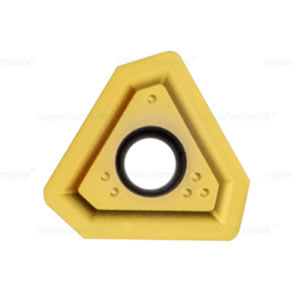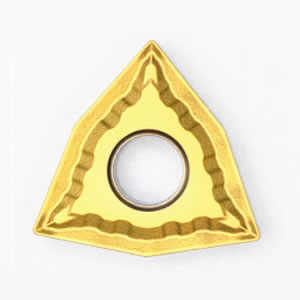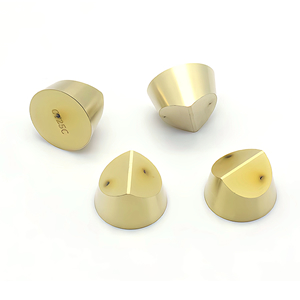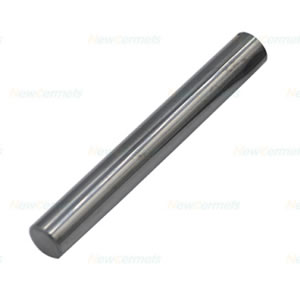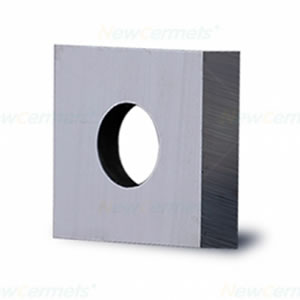What is the milling cutter used for? Wear of milling cutter during use
During the milling process, the milling cutter itself will be worn and dull while cutting chips. After the milling cutter is blunt to a certain extent, if it continues to be used, it will lead to a significant increase in the milling force and cutting temperature, and the wear amount of the milling cutter will also increase rapidly, thus affecting the machining accuracy and surface quality and the utilization rate of the milling cutter.
The location of tool wear occurs mainly on the front and back of the cutting edge and its vicinity. The wear of the milling cutter is mainly the wear of the back and the edge of the blade.
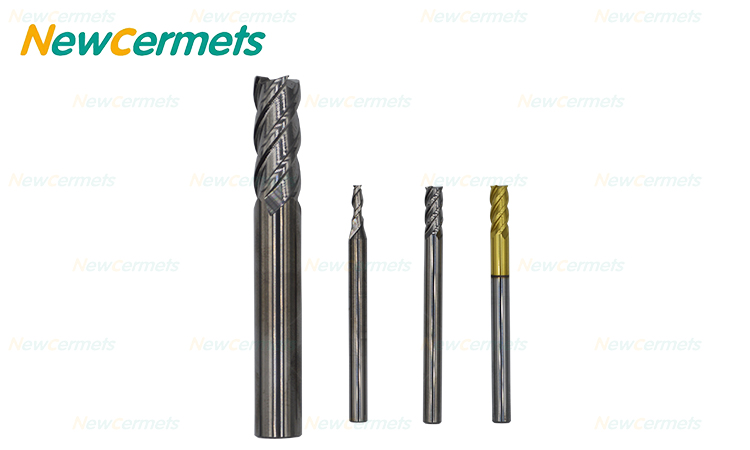
1. Causes of milling cutter wear
The main reasons for milling cutter wear are mechanical wear and thermal wear.
1. Mechanical wear: Mechanical wear is also called abrasive wear. Due to the tiny hard points on the friction surface of chips or workpieces, such as carbides, oxides, nitrides and built-up edge fragments, groove marks of different depths are carved on the tool, resulting in mechanical wear. The harder the workpiece material, the greater the ability of the hard particles to scratch the surface of the tool. This kind of wear has obvious effect on high-speed tool steel tools. Improve the grinding quality of the milling cutter and reduce the surface roughness value of the front, rear and cutting edges, which can slow down the mechanical wear rate of the milling cutter.
2. Thermal wear: During milling, the temperature rises due to the generation of cutting heat. The hardness of the tool material is reduced due to the phase change caused by the temperature rise, and the tool material is adhered to the chip and the workpiece and is taken away by adhesion, resulting in bonding wear; under the action of high temperature, the alloy elements of the tool material and the workpiece material diffuse and replace each other. , the mechanical properties of the tool are reduced, and diffusion wear occurs under the action of friction. These wear of milling cutters caused by cutting heat and temperature rise are collectively referred to as thermal wear.
Second, the wear process of the milling cutter
Like other Cutting Tools, the wear of milling cutters gradually develops with the increase of cutting time. The wear process can be divided into three stages:
1. Initial wear stage: This stage wears quickly, mainly because the convex peaks generated by the grinding marks on the surface of the grinding wheel and the burrs at the blade are quickly ground in a short period of time after the milling cutter is sharpened. If the burr is serious, the wear amount will be large. Improve the sharpening quality of the milling cutter, and use grinding or whetstone to polish the cutting edge and the front and rear, which can effectively reduce the amount of wear in the initial wear stage.
2. Normal wear stage: In this stage, the wear is relatively slow, and the wear amount increases evenly and stably with the increase of cutting time.
3. Rapid wear stage: After the milling cutter is used for a long time, the blade becomes blunt, the milling force increases, the cutting temperature rises, the milling conditions become worse, the milling cutter wear rate increases sharply, the wear rate increases sharply, and the tool Rapid loss of cutting ability. When using a milling cutter, it should be avoided that the milling cutter wears into this stage.
3. The dullness standard of milling cutter
In actual work, if the milling cutter has one of the following conditions, it means that the milling cutter is blunt: the surface roughness value of the machined surface is significantly larger than the original, and bright spots and scales appear on the surface; the cutting temperature is significantly increased, and the chips The color changes; the cutting force increases, and even vibration occurs; the rear near the cutting edge is obviously worn, and even abnormal sound occurs. At this time, the milling cutter must be removed for sharpening, and milling cannot be continued, so as to avoid serious wear or even damage to the milling cutter.

